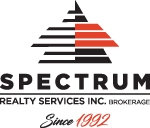How to choose your home insurance
A few key considerations to keep in mind when you’re choosing an insurer or policy
Home insurance is kind of like most other essentials in a life of relative comfort—it’s not something we think about until we need it. But it’s important. It protects not only your house, but also its contents (i.e. your valuables) and liability (i.e. if someone sues you for slipping on your icy porch, for example).
Here are a few key considerations to keep in mind when you’re choosing an insurer or a policy.
Think in terms of “replacement costs” not value
Dwelling coverage is the part of your insurance plan that determines how much you’re entitled to if you lose your house in a fire, for instance. But the estimates used to determine that coverage are not always accurate, nor do they always properly account for things like labour. That means you could be on the hook for a significant expense if something happens.
Now, that’s not to say you need coverage equal to your home’s market value, which includes the price of the land your home rests on (which would still be there after a fire). But according to NerdWallet, you may want to consider adding extended replacement cost coverage once you’ve decided on your dwelling coverage. That way, you’ll get 10% to 50% over and above your dwelling coverage if building or material costs change unexpectedly.
Similarly, a standard policy may only reimburse you for the “actual cash value” of damaged or stolen possessions. Plus, some policies place limits on the amount they’ll pay to replace stolen valuables (according to Consumer Report’s Homeowner’s Insurance Buying Guide, it’s about $2,500 for jewelry). Check to see if you require additional coverage.
Read the exclusions carefully
Flooding often isn’t covered under basic home insurance policies, an exclusion that often comes as a rude awakening to many homeowners. But such exclusions are noted in the policy. CR’s Insurance Buying Guide recommends adding flood insurance even if you’re in a low-risk area.
According to Canada’s Financial Consumer Agency, other common exclusions include acts of God, such as earthquakes, or predictable events such as a frozen pipe that burst as a result of neglect (if you leave your home for an extended period of time in the winter, for example).
Shop around for lower premiums
The coverage offered by different providers will, of course, not be of equal value. It behooves you to check out different offerings. There are however a few rules that apply across the board, according to the CR Buying Guide.
- Bundled coverage is cheaper. You may be able to save up to 30% if you’re getting your home and auto insurance from the same provider.
- Higher deductibles mean lower premiums. If you regularly have liquid cash on hand that would allow you to cover unforeseen expenses, it may make sense to raise your deductible from, for example, $500 to $1,000 and pocket the savings on the premium.
- Repair your home. According to the guide, replacing old plumbing and adding a security system and water- or gas-leak detection sensors can each provide savings of between 2% and 6% or more. Replacing a roof with an impact-resistant one can save up to 35%. Cutting back dry brush around dwellings and outbuildings in a fire-prone area can save you 5% on your premium.


